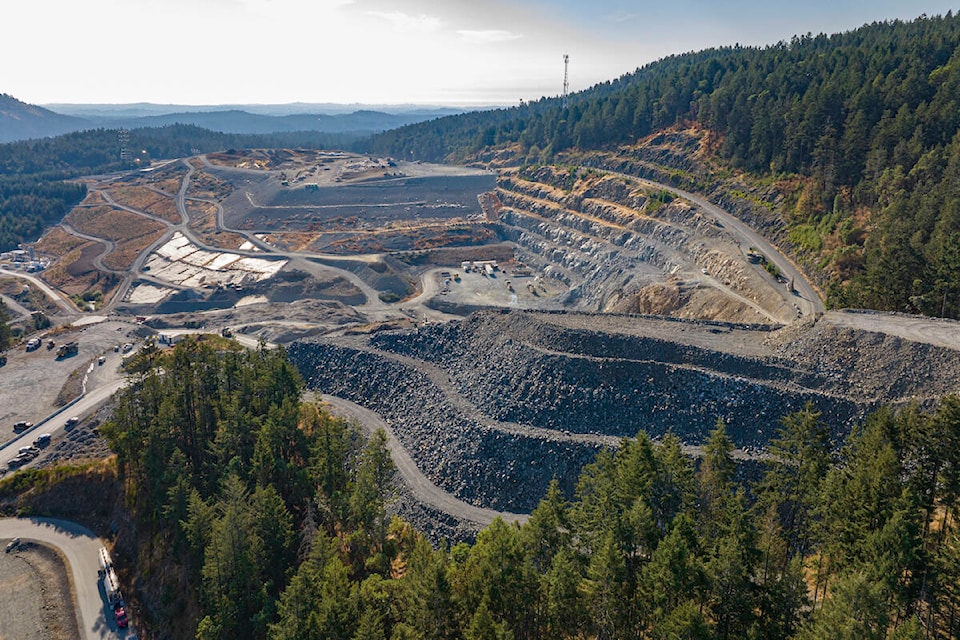Policies that came into effect this year have averted hundreds of tonnes of clean wood and other products from going to waste at Hartland landfill.
The Capital Regional District banned clean wood from going into the landfill at the start of the year and a prohibition on treated wood and asphalt shingles has been in effect since July.
An update on those new policies shows that in the first six months of the year, 538 tonnes of clean wood was diverted from the landfill – either to be recycled or to be used by waste-to-energy processors to displace fossil fuels. Clean wood is classified as material such as pallets and lumber off-cuts that aren't treated, stained or painted.
After the most recent bans came into force, 1,227 tonnes of treated wood and 607 tonnes of asphalt shingles were diverted from landfill in July alone. Furniture, plywood and particle board are examples of treated wood.
Clean wood, treated wood and the asphalt shingles made up 15 per cent of all the waste collected at Hartland in July. The CRD says all the new bans brought in this year have the potential to divert 40,500 tonnes of waste away from the landfill every year.
As of 2022, wood and wood products accounted for about one fifth of everything that gets sent to the landfill, making it the region's largest waste material stream. A waste composition study of the landfill that year found almost half (47 per cent) of what gets sent to Hartland could've been recycled.
The CRD's Solid Waste Management Plan calls for cutting per-capita waste to 250 kilograms per person, or less, by 2031. The most recent tonnage report shows that per-capita disposal rate has been hovering around 400 kilograms per person over the last three years.
The CRD's wider waste goals look to extend the life of the region's landfill to 2100 and beyond.

